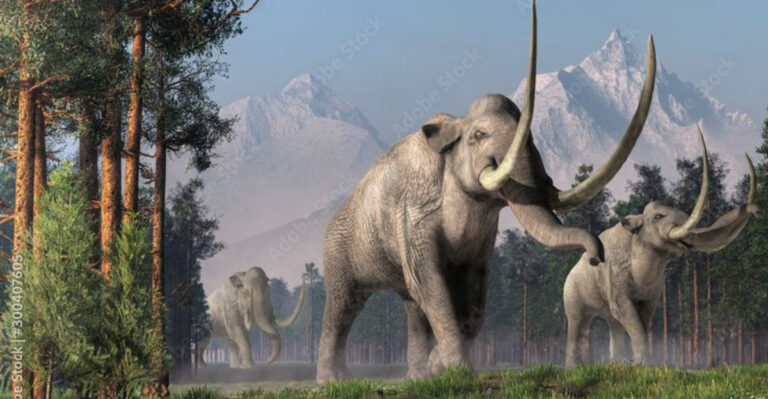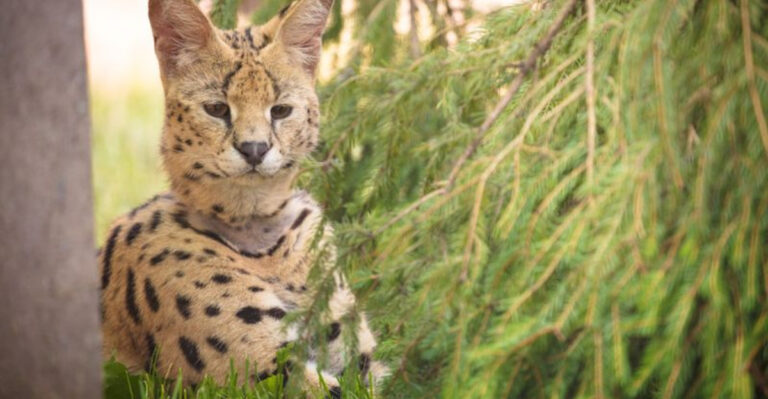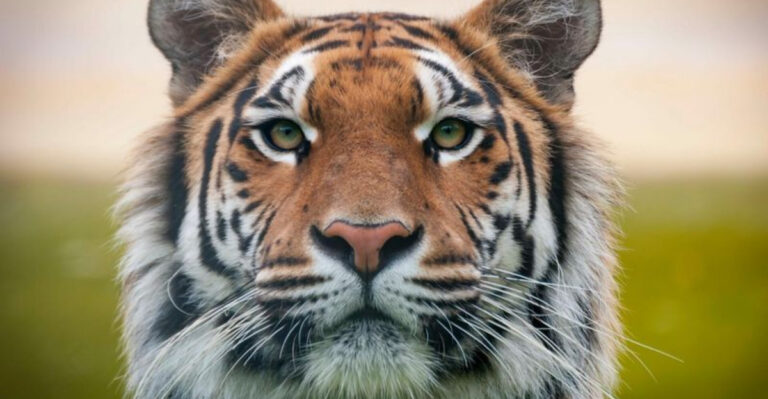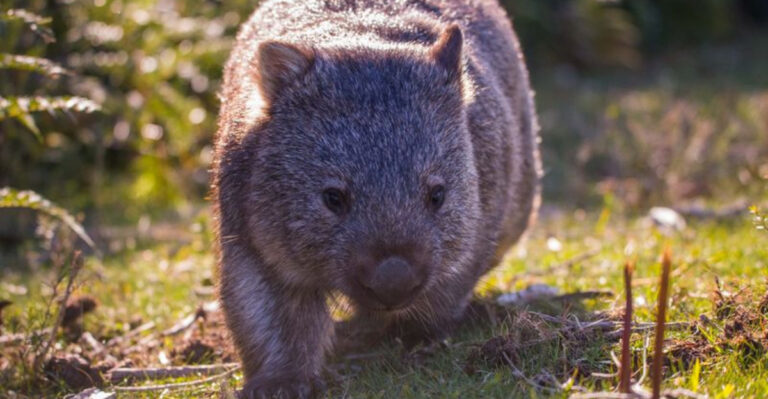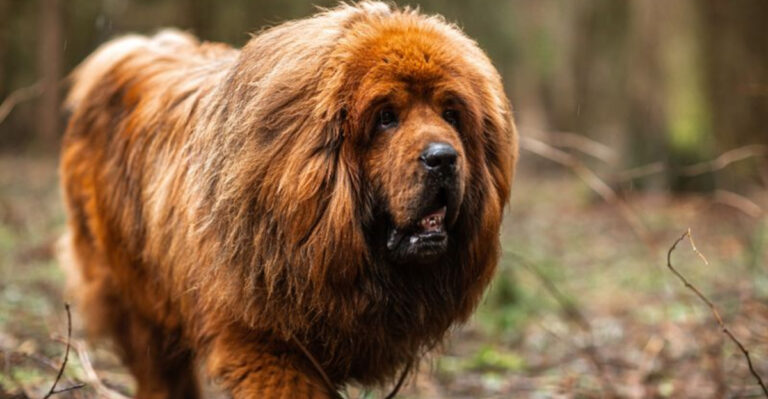19 Animals With Unique Ways Of Giving Birth In The Animal Kingdom
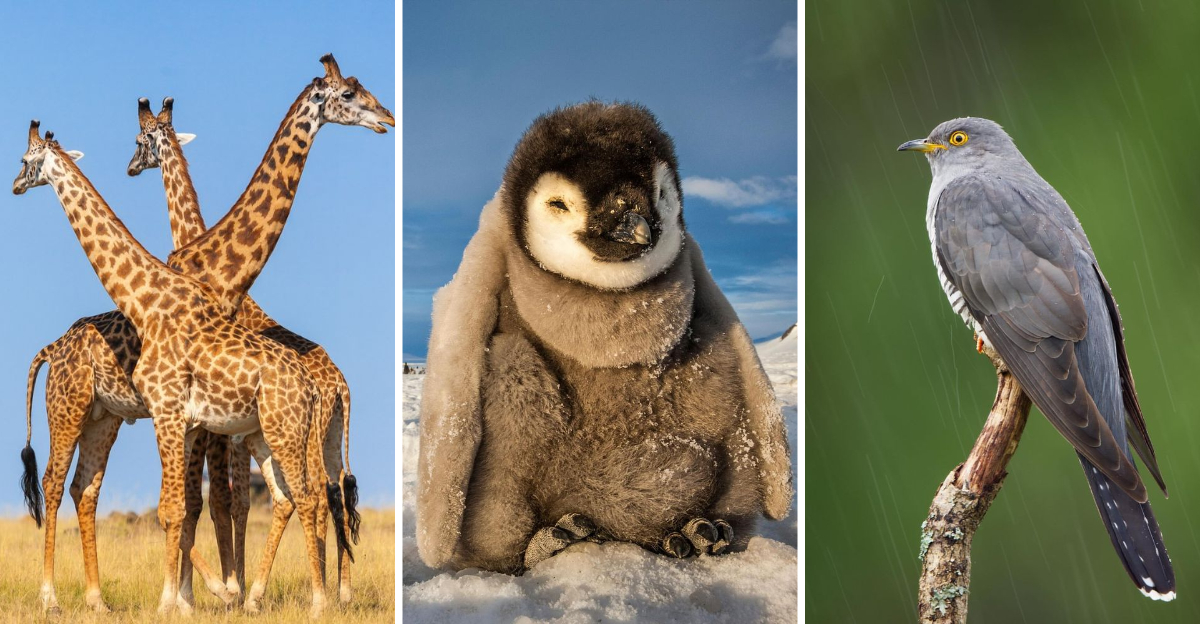
The animal kingdom is rife with fascinating and diverse reproductive strategies. From the deep sea to the dense forests, creatures have evolved unique ways to give birth, ensuring their offspring’s survival in various environments.
This list explores such remarkable strategies, highlighting the incredible adaptability and ingenuity found in nature.
1. Seahorse
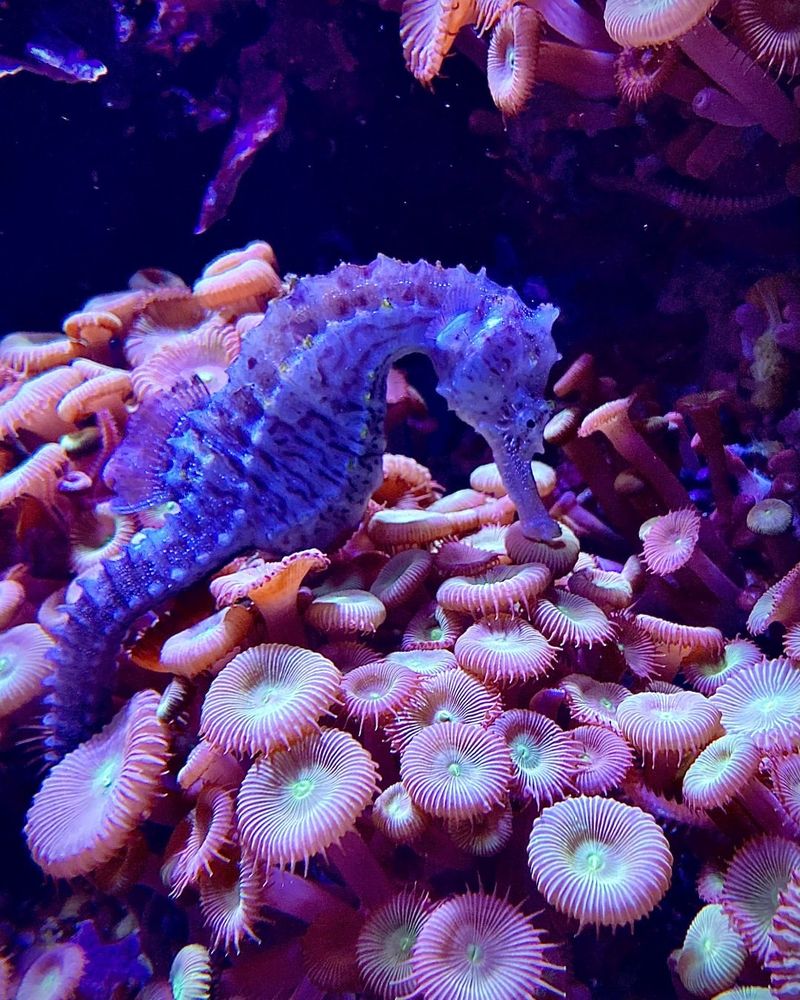
Unlike most animals, seahorses have a unique approach to reproduction where the male becomes pregnant. The female deposits her eggs into the male’s brood pouch, located on his abdomen. Over the course of a few weeks, the male fertilizes and carries the eggs until they are ready to hatch.
Throughout this period, the male seahorse experiences contractions similar to labor pains in mammals. When the time to give birth arrives, these contractions increase in frequency and intensity, expelling the fully formed baby seahorses into the water.
This extraordinary role reversal allows the female to produce more eggs while the male cares for the developing young. It’s a fascinating adaptation that ensures the survival of the species in their often-harsh oceanic environment.
2. Platypus
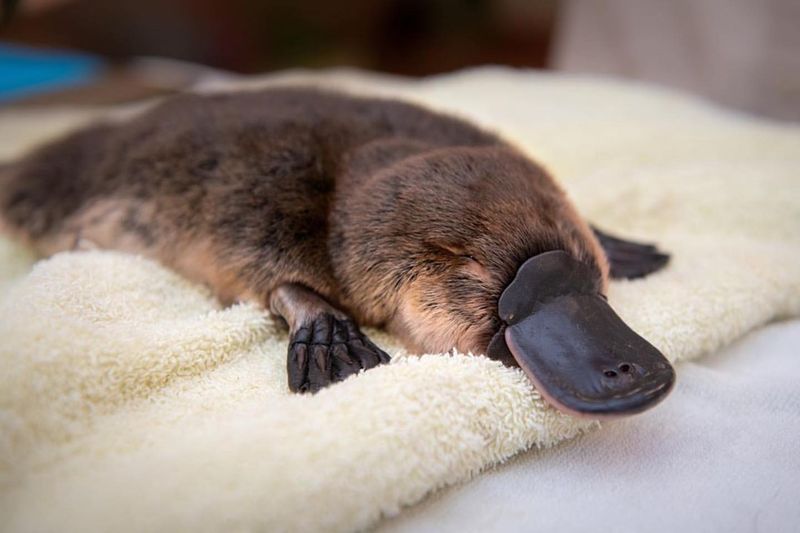
The platypus, native to Australia, stands out as one of the only mammals that lay eggs. This monotreme’s reproductive process starts with the female laying one to three eggs, which she incubates by curling her body around them.
During this time, she stays in a burrow, ensuring the eggs are kept warm and safe from predators. The incubation period lasts about ten days, after which the eggs hatch, and the mother begins feeding her young with milk secreted from mammary glands, but without nipples.
This unique method of reproduction combines features found in both reptiles and mammals, showcasing the platypus’s distinctive place in the animal kingdom’s evolutionary history.
3. Surinam Toad
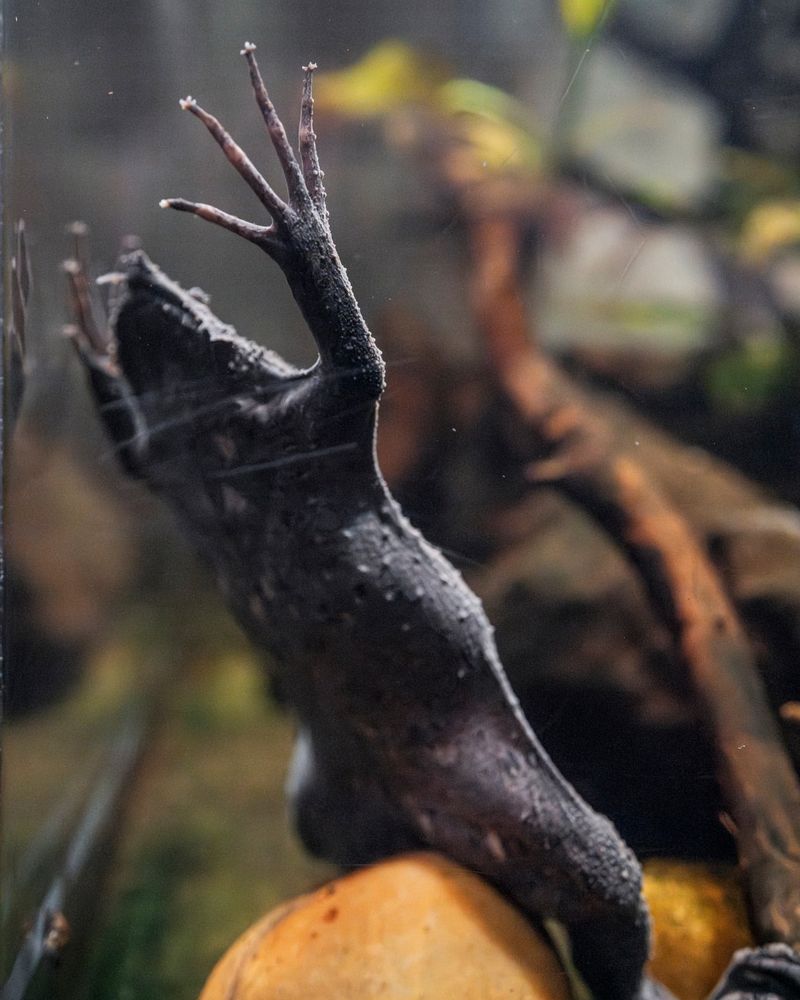
The Surinam toad, native to South America, exhibits a remarkable form of reproduction. After mating, the female carries the fertilized eggs on her back, where the male embeds them into her skin. Over time, her skin grows over the eggs, encasing them in individual protective capsules.
Remarkably, the developing young are nourished and sheltered inside these capsules until they fully metamorphose. When the young are ready, they emerge from the mother’s back as miniature toads, bypassing the tadpole stage entirely.
This peculiar method not only provides protection but also ensures a greater chance of survival for the offspring, highlighting the Surinam toad’s unique adaptation.
4. Marsupial Frog
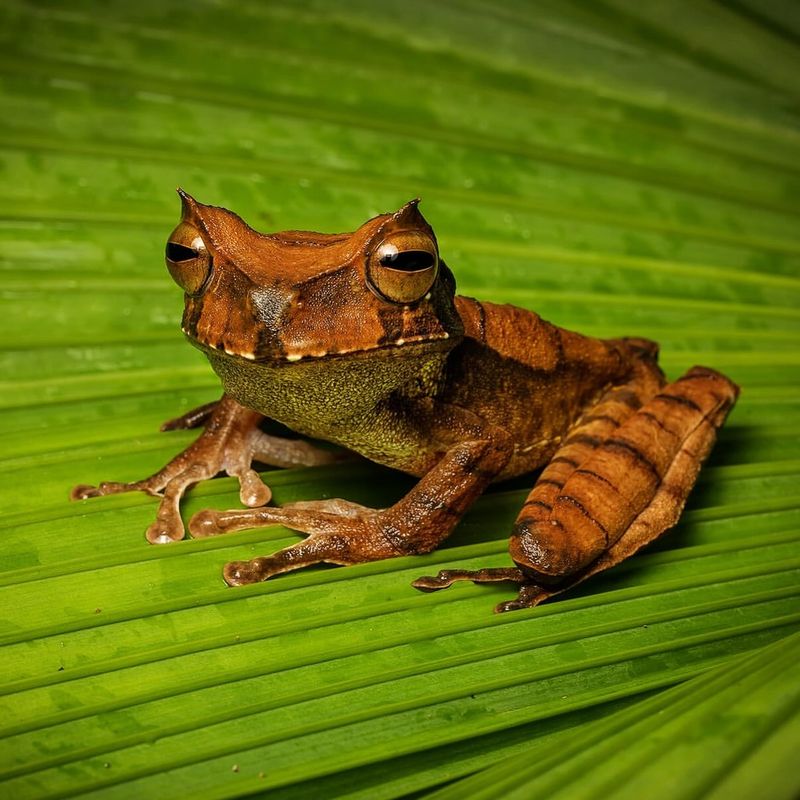
Marsupial frogs, native to Central and South America, have a distinctive way of raising their young. After mating, the female lays her eggs, and the male fertilizes them externally. The female then carries the eggs in a pouch located on her back, similar to marsupials.
This dorsal pouch acts as a protective environment where the eggs develop into froglets, bypassing the aquatic tadpole stage. The young emerge fully formed and independent, ready to venture into their habitat.
This adaptation reduces the risk of predation and ensures the young have a higher survival rate, emphasizing the marsupial frog’s evolutionary ingenuity.
5. Hammerhead Shark
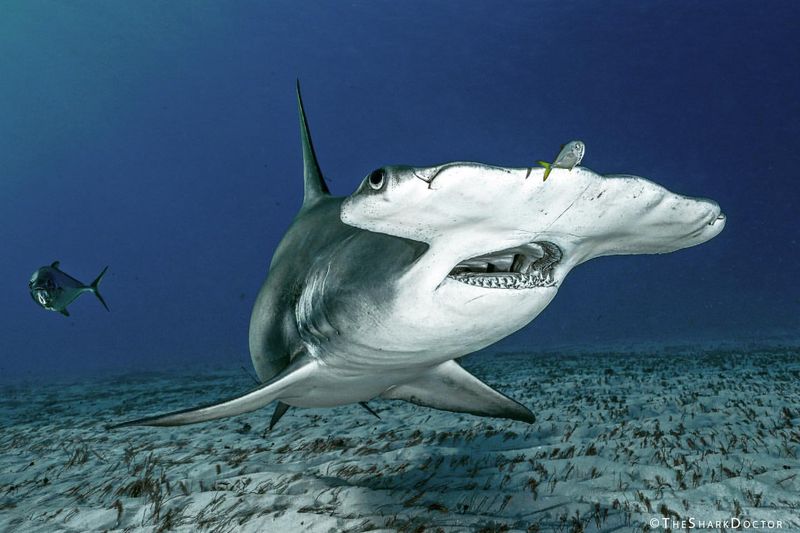
Hammerhead sharks, found in warm waters worldwide, are unique among fish due to their viviparous reproduction. Instead of laying eggs, they give birth to live young, with the embryos developing inside the mother’s body.
The embryos are nourished through a yolk sac placenta, which provides them with nutrients until birth. After a gestation period that can last up to a year, the mother gives birth to fully formed pups, capable of swimming and hunting immediately.
This method of reproduction offers significant protection to the developing young, increasing their chances of survival in the ocean’s challenging environment.
6. Giraffe
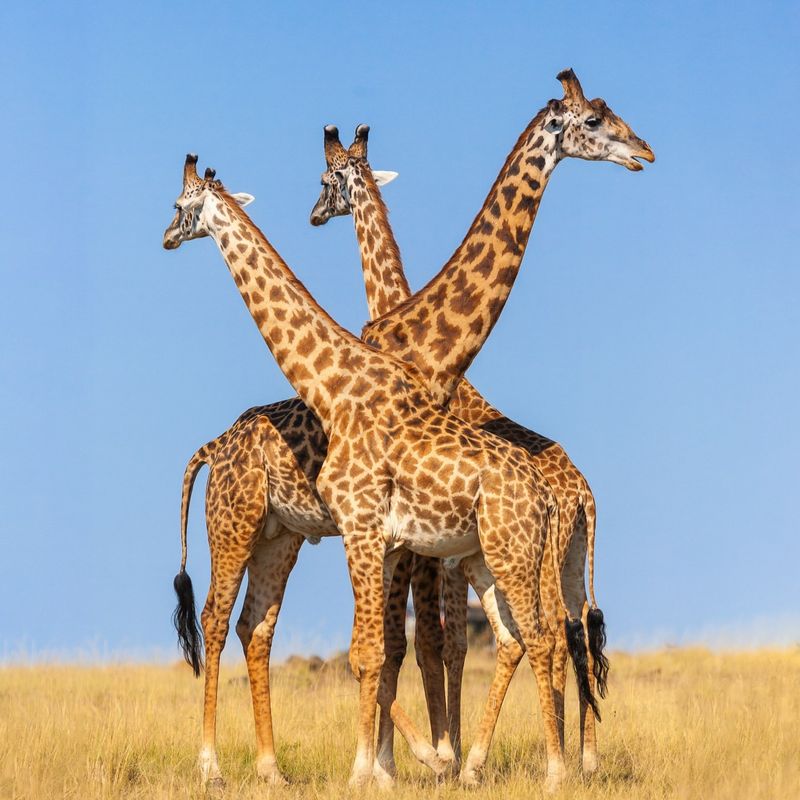
In the vast African savannah, the giraffe presents a unique birthing process adapted for survival in the wild. Female giraffes typically give birth standing up, resulting in the newborn calf falling several feet to the ground.
This sudden drop helps stimulate the calf’s initial breathing and encourages it to stand quickly. Within a short time, the calf is up on its feet, ready to escape potential predators.
The giraffe’s birthing method is a remarkable adaptation that highlights the importance of immediate mobility and awareness in the harsh environments of their natural habitat.
7. Elephant
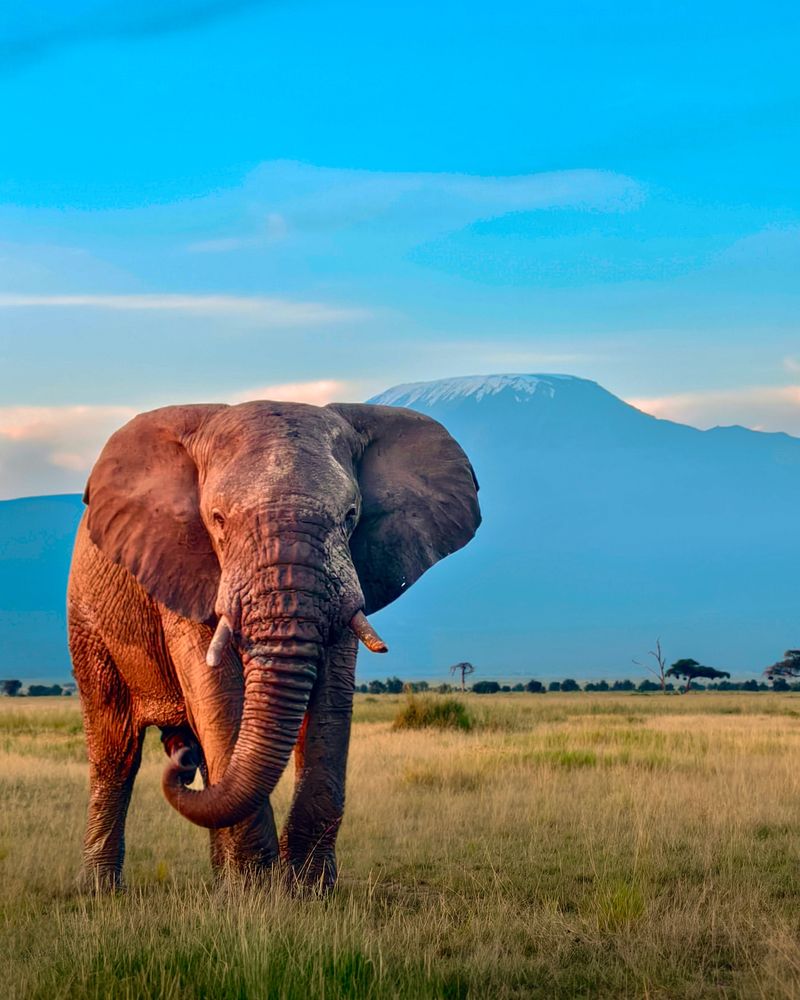
Elephants, the largest land mammals, have a prolonged gestation period lasting about 22 months, the longest of any land animal. This extended development time inside the womb allows the calf to grow large and strong enough to survive the challenges of the wild.
Upon birth, the calf is relatively mature, weighing up to 260 pounds and standing about 3 feet tall. The mother and the herd provide extensive care and protection, fostering the calf’s growth through close social bonds.
This nurturing environment is crucial for the survival of the young, emphasizing the elephants’ social structure and care for their offspring.
8. Opossum
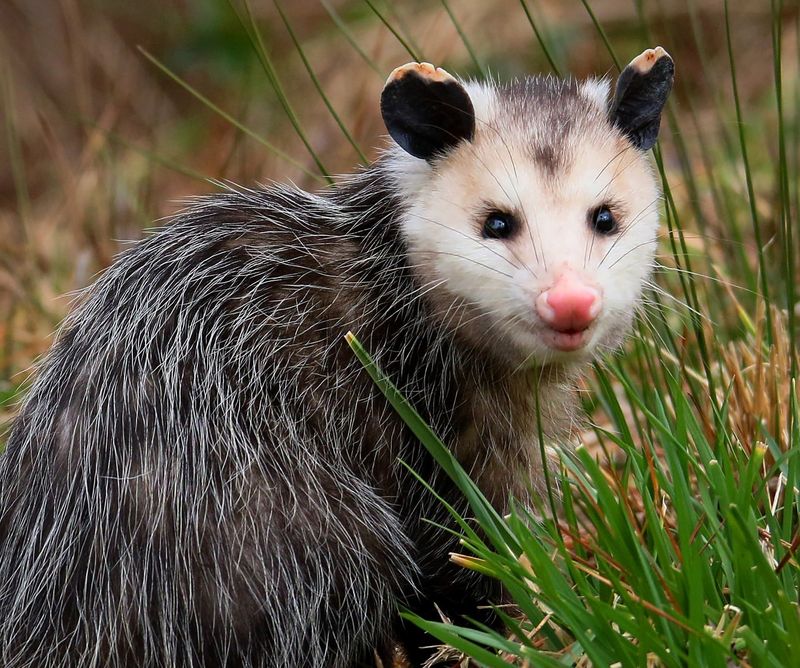
After a short gestation, the tiny, underdeveloped young crawl into the mother opossum’s pouch, where they latch onto a nipple to continue their development. Inside the pouch, the young opossums grow and mature until they are ready to venture out.
Once they leave the pouch, they often ride on their mother’s back, clinging to her fur for safety. This method provides the young with protection and warmth during their crucial early stages, showcasing the opossum’s adaptability and maternal care.
9. Penguin
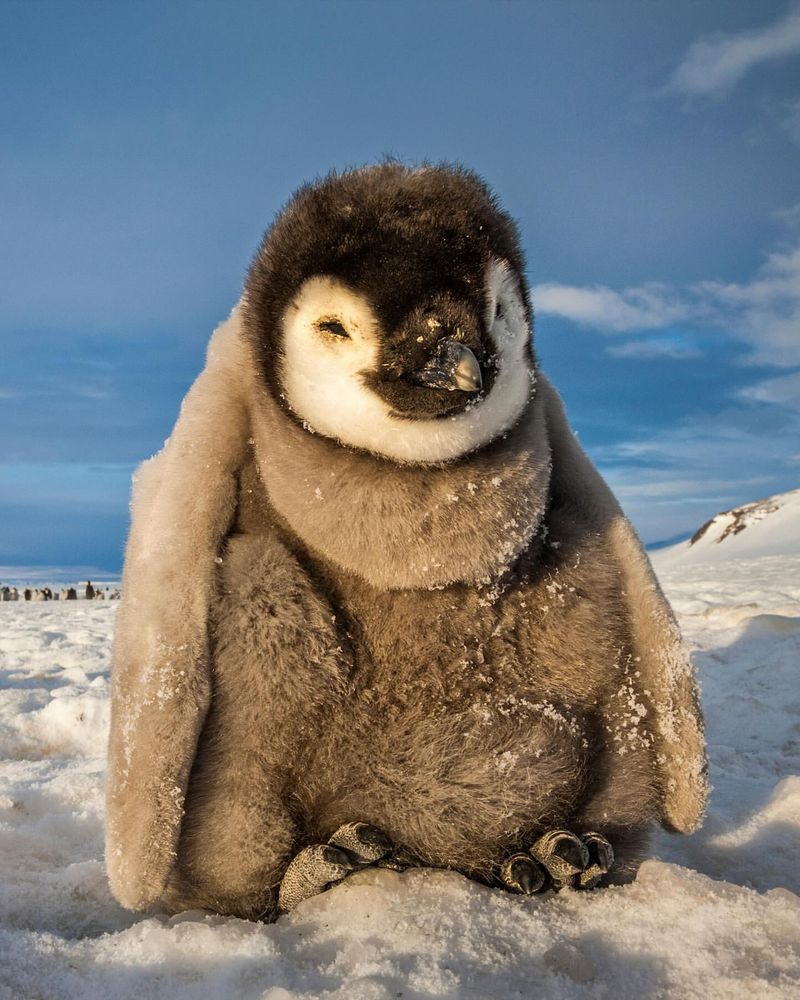
In the icy realms of Antarctica, emperor penguins have developed a distinctive reproductive method to combat the harsh environment. After the female lays a single egg, the male takes on the responsibility of incubation.
The male balances the egg on his feet, covering it with a flap of skin to keep it warm, while the female returns to the sea to feed. This incubation period can last up to two months, during which the male fasts, relying on stored body fat for survival.
This cooperative effort ensures the egg’s warmth and protection, showcasing the penguins’ remarkable adaptation to extreme conditions.
10. Cichlid Fish
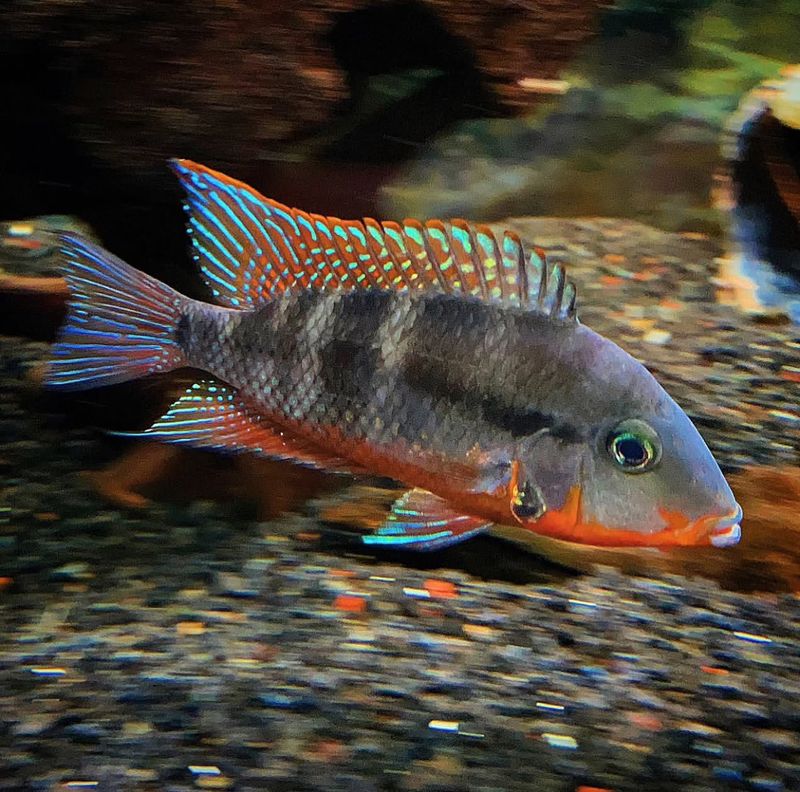
Cichlid fish, found in freshwater habitats worldwide, exhibit a fascinating reproductive strategy known as mouthbrooding. After fertilization, the female collects the eggs in her mouth, where they remain until they hatch.
During this period, the female refrains from eating, focusing entirely on protecting the developing young. Once the fry hatch, they may continue to seek refuge in the mother’s mouth at signs of danger.
This method provides significant protection to the offspring, increasing their survival rate in environments filled with potential predators.
11. Python
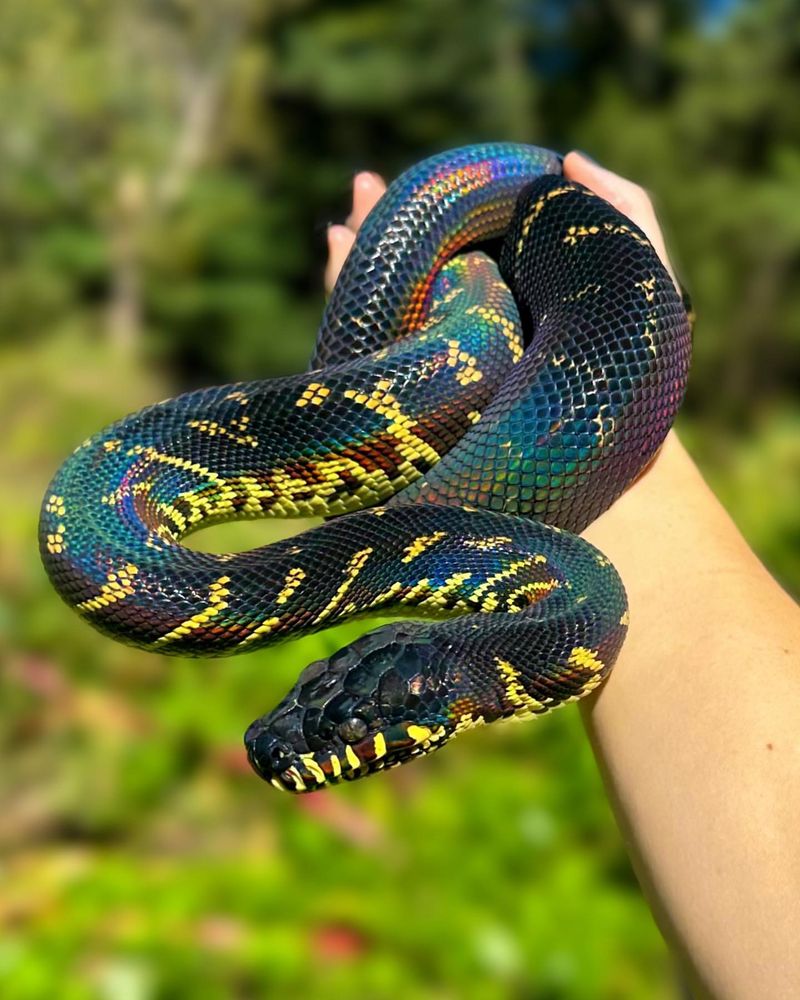
Pythons, large non-venomous snakes, have a unique approach to reproduction. After the female lays her eggs, she coils around them, providing warmth through muscle contractions known as shivering thermogenesis.
This process helps maintain the optimal temperature for incubation, ensuring the eggs develop properly. The female remains with the eggs until they hatch, warding off potential predators. This dedicated maternal care is uncommon among reptiles, highlighting the python’s distinctive reproductive strategy.
12. Common Cuckoo
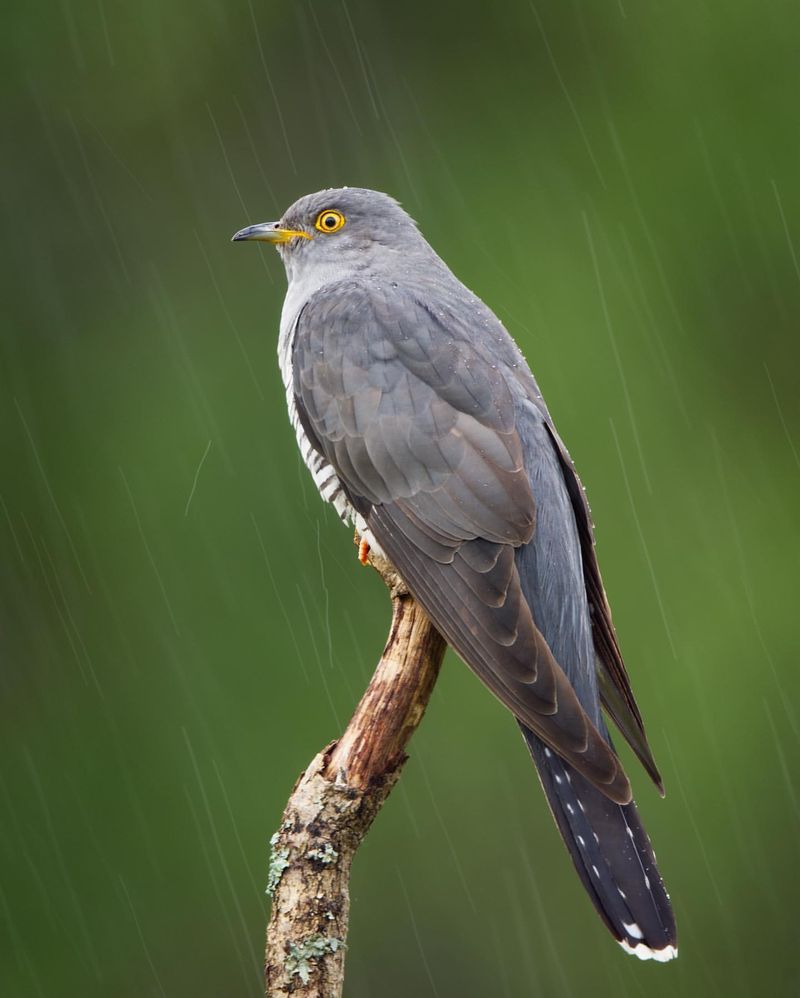
The common cuckoo is infamous for its brood parasitism, a unique reproductive strategy. Instead of raising its own young, the female cuckoo lays eggs in the nests of other bird species. The unsuspecting host birds incubate the cuckoo egg and care for the chick, often at the expense of their own young.
The cuckoo chick may even push out the host’s eggs or chicks to monopolize resources. This deceptive strategy allows the cuckoo to invest less in parenting, ensuring its offspring are raised with minimal effort, showcasing an extraordinary evolutionary adaptation.
13. Clownfish

Clownfish, popularized by their vibrant colors and symbiotic relationship with sea anemones, have a unique reproductive method. The female lays eggs on a flat surface close to their home anemone, and both parents guard them diligently. Amazingly, they can change their gender.
The male plays a significant role in maintaining the eggs, aerating them by fanning his fins and removing debris. This parental care continues until the eggs hatch, with the fry eventually becoming part of the reef ecosystem.
This cooperative approach ensures higher survival rates for the offspring, emphasizing the clownfish’s dedication to parental roles.
14. Hippopotamus

In the waterways of Africa, the hippopotamus exhibits a unique birthing method adapted to its aquatic lifestyle. Female hippos give birth underwater, a strategy that provides immediate protection from land predators.
Once born, the calf instinctively swims to the surface for its first breath. It is capable of both swimming and walking shortly after birth, essential skills for survival in its environment. This aquatic adaptation highlights the hippo’s evolutionary ingenuity, ensuring the young can thrive in their watery world.
15. Tsetse Fly
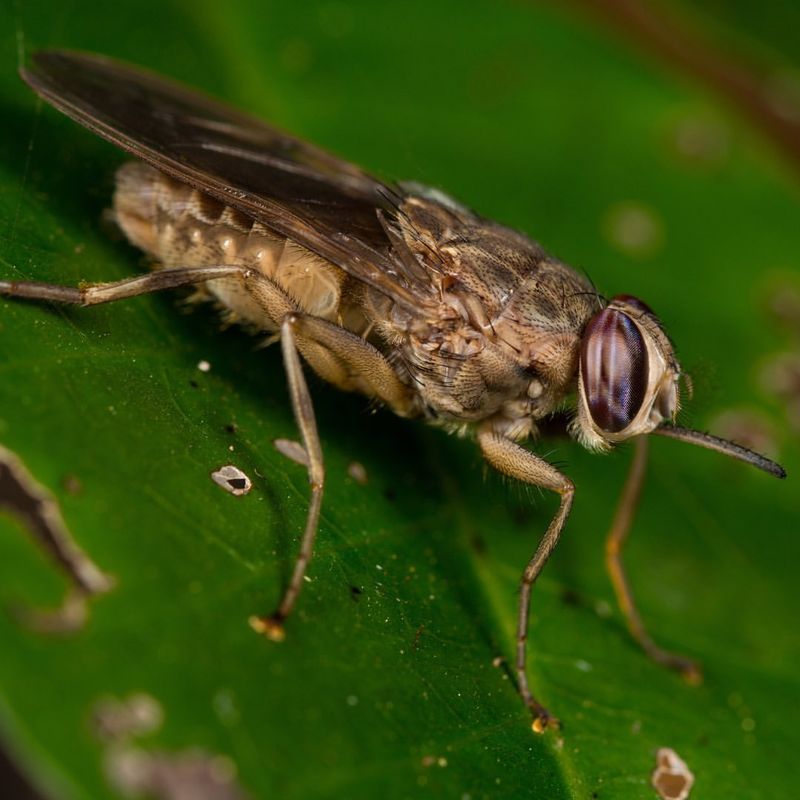
The tsetse fly, found in tropical Africa, has a distinct method of reproduction. Unlike most insects, the female tsetse fly gives birth to live larvae instead of laying eggs. The larvae develop inside the female’s body, receiving nourishment through specialized glands.
Once mature, the female deposits the larvae into the soil, where they quickly pupate. This viviparous reproduction reduces the risk of predation during the early stages, enhancing the survival chances of the next generation.
16. Red Kangaroo
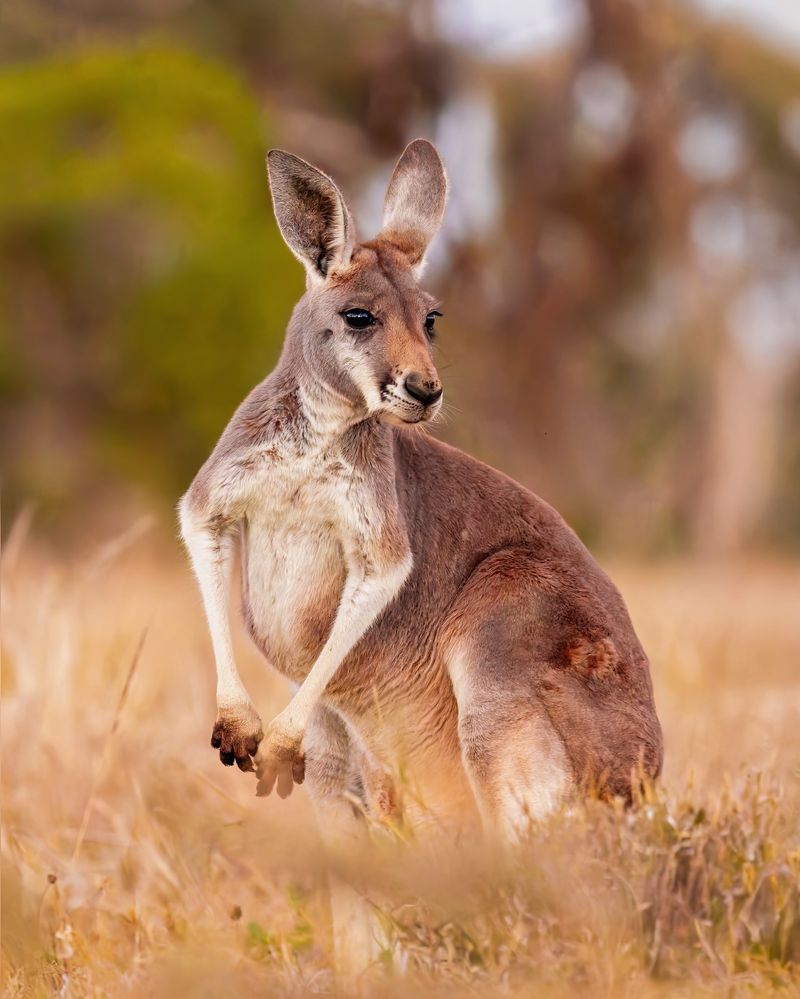
After a short gestation, the tiny, underdeveloped joey crawls into the mother’s pouch to continue developing. Inside the pouch, the joey latches onto a nipple for nourishment, gradually growing and gaining strength.
As it matures, the joey begins exploring outside but returns to the pouch for safety and feeding. This efficient method allows the red kangaroo to care for its young while adapting to the arid conditions of the outback, ensuring the species’ survival.
17. Axolotl
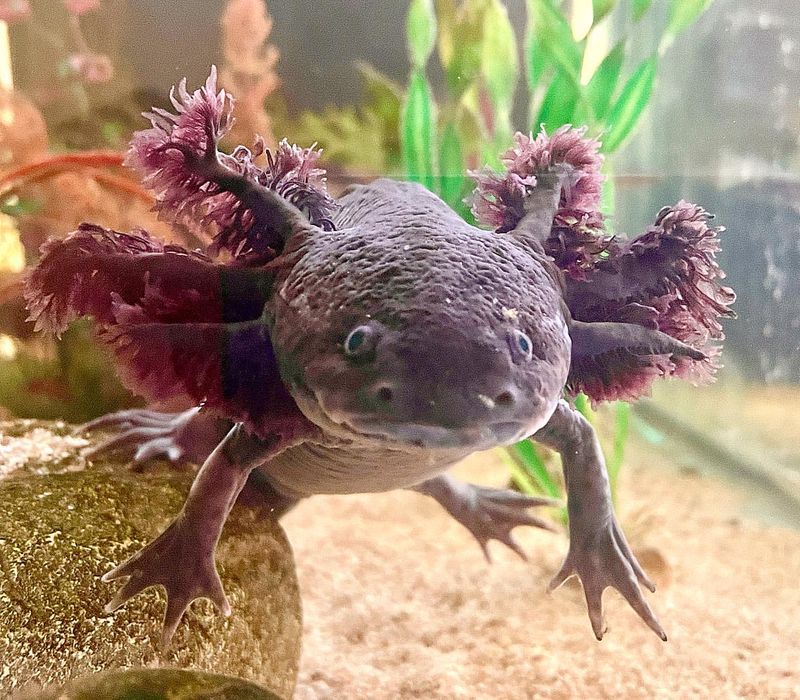
The axolotl, an amphibian native to Mexico, has a remarkable reproductive strategy. Females lay eggs in water, attaching them to plants or rocks, where they develop externally. The eggs hatch into larvae that resemble the adult form, bypassing the typical metamorphosis seen in other amphibians.
This neotenic reproduction allows the axolotl to retain juvenile features throughout its life. This method provides stability in their aquatic environment, showcasing the axolotl’s unique evolutionary path.
18. Sea Turtle
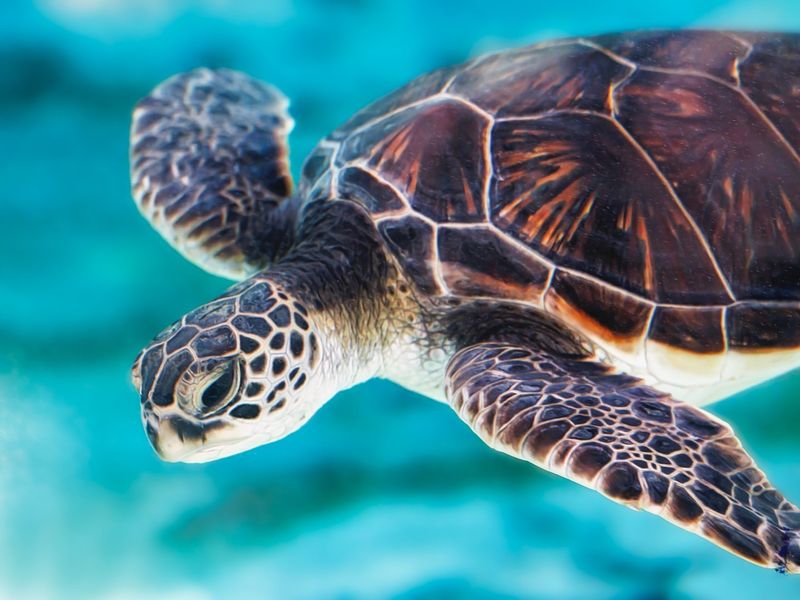
Sea turtles are known for their remarkable nesting process. The female turtle returns to the beach where she was born to lay her eggs, digging a nest in the sand with her flippers.
After depositing hundreds of eggs, she covers the nest and returns to the sea, leaving the eggs to incubate under the sun’s warmth. The hatchlings emerge weeks later, instinctively heading towards the ocean.
This incredible journey from nest to sea is fraught with danger, but it is a testament to the enduring nature of sea turtles and their reproductive strategy.
19. Leafcutter Ant
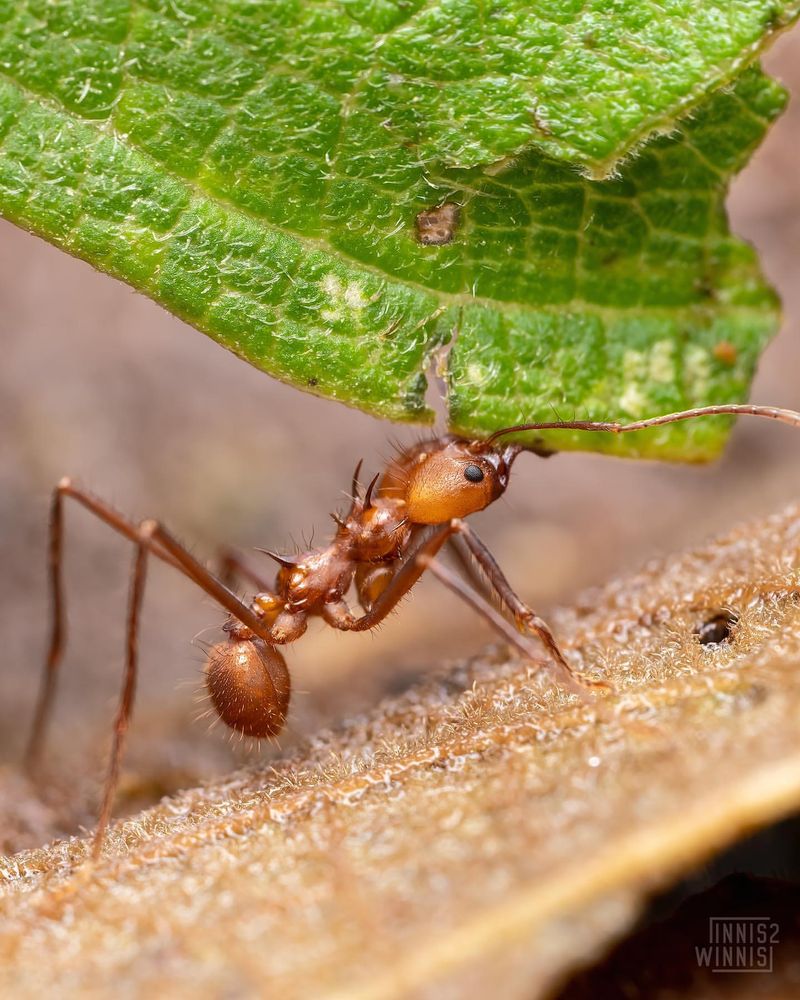
Leafcutter ants, found in Central and South America, have a complex reproductive system centered around a single queen. After mating, the queen begins a colony by laying eggs that will become workers, soldiers, or future queens.
These ants cultivate fungus gardens, providing nourishment for the colony. The queen’s sole role is to reproduce, ensuring the colony’s growth and sustainability. This intricate system highlights the cooperative nature of leafcutter ants and their reliance on specialized roles for survival.

